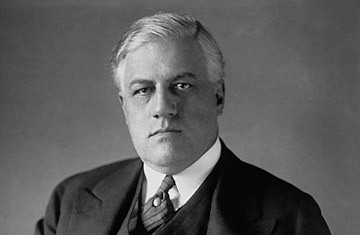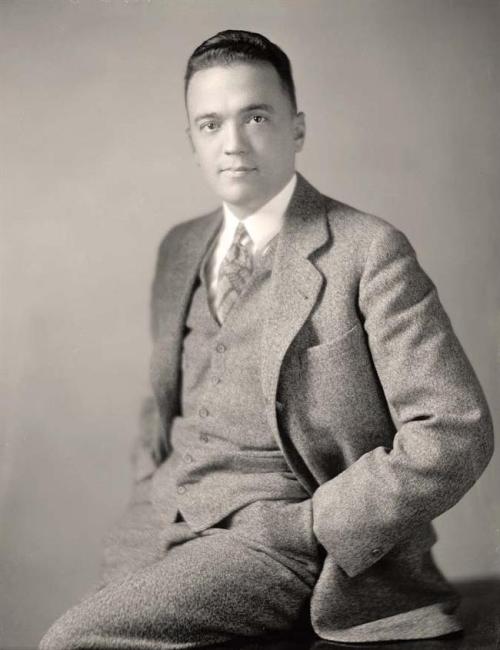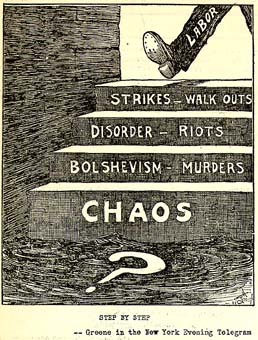America’s First Large Scale Terrorist Attack Part II — The Red Scare and the Palmer Raid
America’s First Large Scale Terrorist Attack Part II — The Red Scare and the Palmer Raids.In Part I I described a series of bombings in 1919 conducted by a group of revolutionary anarchists, an event which led up to the Bombing of Wall Street in 1920 which caused the death of 38 people. Perhaps the only thing that affects our lives more than the 9/11 terrorist attack was the aftermath of the terrorist attack, with all the major events occurring afterwards such as the passage of the Patriot Act, the formation of the TSA, the creation of the Department of Homeland Security, and the war in Afghanistan and Iraq. As a result of these events the politics of security has become a more important issue. A controversial debate still rages as to the proper balance between rights, liberties, and security.Like 9/11 the Bombings of 1919 and the Wall Street Bombings too had significant effects on the American people. Americans were unused to such acts of terrorism and destruction. The result was a nationwide panic called the Red Scare, and although the bombings were mostly proven to have been conducted by anarchists, fear of communism would take center stage.The reasons for a widespread fear of communism at that time were simple, the Russian Revolution had occurred only a year before, the nation was awash in labor strikes, and there were many people sympathetic to communist or socialist ideals. The wave of terrorism that occurred in 1919 and 1920 turned that fear into a nationwide panic and belief that a communist revolt was occurring in the United States.To quash the threat of communism and anarchy, the nation turned to one man, Attorney General A. Mitchell Palmer. Palmer was especially passionate in rooting out the threat as he was among the targets of the 1919 bombings and had his house destroyed in the terrorist attack. Palmer organized a series of raids on suspected radicals all across the country. The most vulnerable of these raids were immigrants and politicians, especially politicians whose viewpoint was contradictory to the current government administration.To conduct his raids, Palmer turned to a young upstart federal investigator named J. Edgar Hoover, then head the Radical Division of the Bureau of Investigation, a section devoted to rooting out radical political elements in the country. In conducting the Palmer Raids Hoover was especial zealous and heavy handed in his methods. He compiled a list of 60,000 names of those who would be investigated, searched, and possibly detained. Many of those listed had fairly innocent associations or were listed on mere suspicions, innuendo, and hearsay. As a result Hoover could not get search or arrest warrants issued from Federal Judges. When Hoover could not get a warrant, he searched and arrested anyway.All over the nation Hoover’s “Palmer Raids” were conducted on tens of thousands of homes and businesses. The raids were not simple “can we take a look around affairs” but literal storming of domiciles in which cabinets were emptied, furniture was destroyed, and even walls and floorboards dismantled (bottom picture). What is most incredible about the raids was the egregious lack of due process. Many of those arrested were charged and sentenced in non-judicial hearings conducted at the Bureau of Investigation headquarters or at Ellis Island. Often these hearings lasted mere minutes, with sentences doled out as if from a drumhead, and accused lined waiting for their turn to be judged. Hoover refused to allow any of the accused access to a lawyer until after their hearing, a practice which was upheld by the Justice Department.The Palmer Raids drew to a close for three reasons. When Palmer and Hoover came under scrutiny they simply denounced critics as communists and revolutionaries, threatening them with investigation. This only drew more attention and criticism of their actions. Secondly the mechanism of the raids broke down, as law enforcement and government officials with a conscience refused to carry out orders or conduct anymore raids. The final nail in the coffin occurred June of 1920 when 17 people selected for deportation filed suit with a federal court. Massachusetts District Judge George Anderson declared the Justice Department’s actions as unconstitutional and denounced the raids. In his opinion he wrote, “a mob is a mob, whether made up of Government officials acting under instructions from the Department of Justice, or of criminals and loafers and the vicious classes." As a result of the raids 10,000 were arrested, of which 2,000 were arrested without warrants. 3,500 were detained without charge, and 556 were deported. A. Mitchell Palmer ran for president in 1920. He lost.The Palmer Raids was only a start to J. Edgar Hoover’s career. Eventually he was promoted to Director of the Bureau of Investigation, and organization he would mold into the Federal Bureau of Investigation (FBI). During his long career as head of the FBI, which lasted until 1972, Hoover conducted business much like he did during the Palmer Raids. He spied on high profile celebrities, businessman, and officials, played powerful politicians like puppets while using threats and coercion to achieve his goals. His legacy today is that of a power hungry shadow despot who was willing to trample anyone and everyone who got in his way. -- source link
#history#terrorism#communism#anarchy#constitution#palmer raids#deportation#law#freedom#liberty#due process#rights#anarchists#bombings#ethics#morality#tyranny



